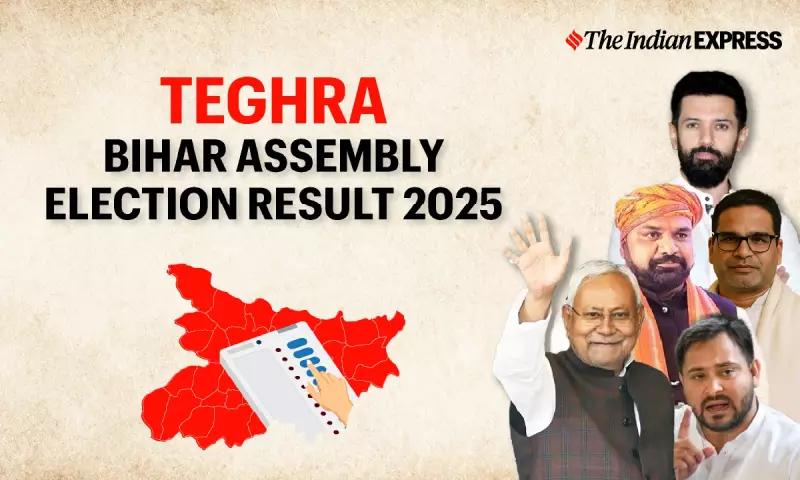
The political landscape of Teghra Assembly constituency in Bihar witnessed significant activity as voters cast their ballots in the crucial 2025 state elections. The constituency, which went to polls on November 06, 2025, saw a diverse field of candidates representing major political parties and independent platforms.
Election Schedule and Voter Participation
Bihar conducted elections for its 243 Vidhan Sabha seats across two phases on November 06, 2025 and November 11, 2025. The counting of votes and declaration of results commenced on November 14, 2025, with the Election Desk providing real-time updates from across the state.
This year, Bihar recorded an overall voter turnout of 57.3%, marking a slight increase compared to the 2020 assembly elections. The heightened participation reflected the competitive nature of the electoral battle between the two major alliances - the RJD-led Mahagathbandhan and the NDA comprising JD(U), BJP and other partners.
Key Candidates in Teghra Constituency
The Teghra assembly seat featured several prominent candidates representing various political ideologies. Rajnish Kumar from the Bharatiya Janata Party (BJP) emerged as one of the key contenders, while Ram Nandan Singh represented the Jan Suraaj Party.
The Communist Party of India (CPI) fielded Ram Ratan Singh, who had previously won the constituency in the 2020 assembly elections. Other significant candidates included Chandra Prakash Singh from the Janshakti Janta Dal, along with several independent candidates who added diversity to the electoral contest.
Historical Context and Previous Performance
In the last Assembly elections held in 2020, the CPI's Ram Ratan Singh secured victory by a substantial margin of 47,979 votes. His closest competitor, Birendra Kumar of JD(U), finished as runner-up with 37,250 votes. This historical context added an interesting dimension to the 2025 electoral battle, with candidates aiming to either repeat past success or rewrite political history.
The complete list of candidates for Teghra constituency in 2025 included representatives from Janta Kranti Party (Rashtravadi), Samata Party, Bahujan Samaj Party (BSP), Janshakti Janta Dal, and several independent candidates, making it one of the most contested seats in the region.
Broader Political Implications
The Teghra results formed part of the larger political narrative unfolding across Bihar, where regional alliances battled for dominance in the 243-member assembly. The outcome in this constituency was particularly significant given its history of competitive politics and the presence of strong regional leaders.
As vote counting progressed, political observers closely monitored Teghra among other key constituencies to gauge the overall direction of Bihar's political landscape. The results were expected to have implications not only for local governance but also for the balance of power in the state assembly.
With the election process reaching its culmination, all attention remained focused on the final results that would determine the representation for Teghra constituency and shape Bihar's political future for the next five years.





